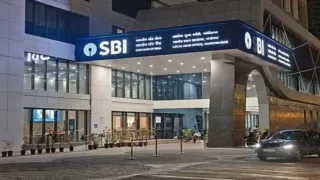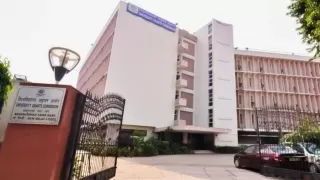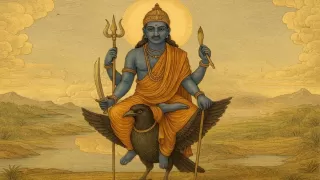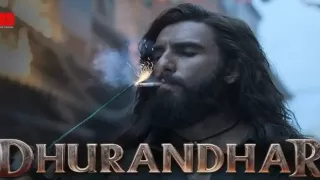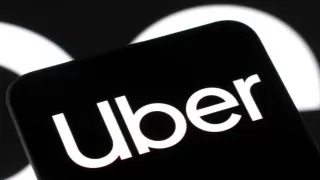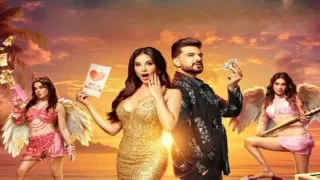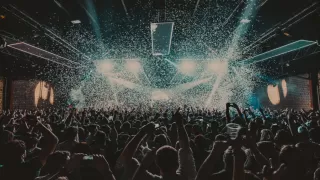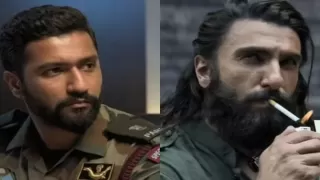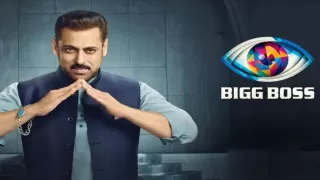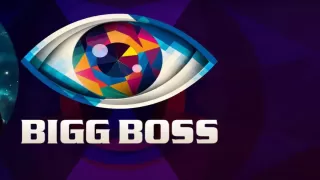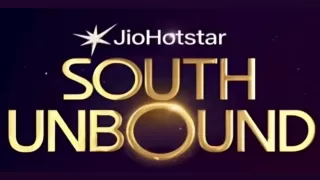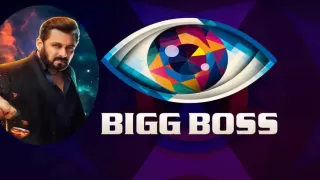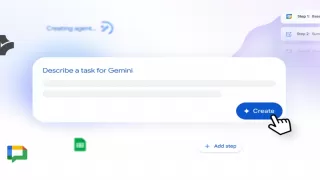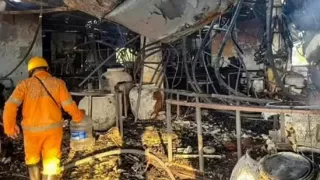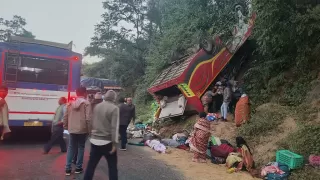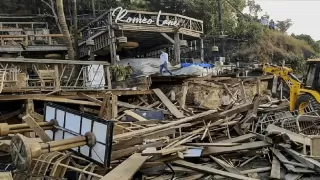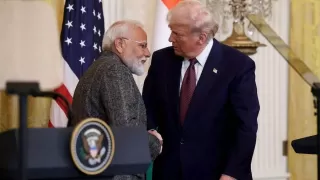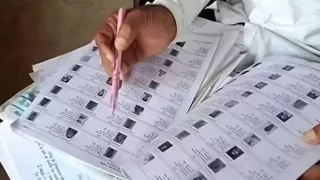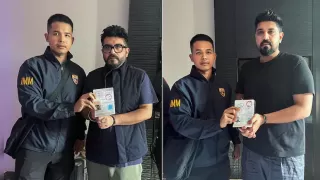On the afternoon of October 30, 2025, a routine audition at a small acting studio in Powai spiralled into a city-wide crisis that gripped Mumbai for hours. Seventeen children and two adults were locked inside RA Studio while a man later identified as Rohit Arya threatened to harm them and set the place ablaze. The standoff ended when police forced entry, the hostages were rescued, and Arya died after being shot during the encounter.
Parents had brought their children for what they believed were casting auditions. At some point during the appointment, the children were prevented from leaving, and a video surfaced in which the man inside said he did not want to be labelled a terrorist and that he “wanted a simple conversation.” Authorities reached the scene, evacuation and negotiation attempts were made, and rescue teams forced access through a bathroom grille before the operation concluded.
Who was Rohit Arya?
Public reporting after the incident sketched a portrait of a man who had publicly agitated in the months before the standoff. Arya had campaigned and protested over what he said were unpaid dues and a lack of recognition for a school-improvement concept he claimed to have created. He staged hunger strikes and publicly sought answers from officials he believed had wronged him. On the day of the incident, he insisted, at least on camera, that his act was not about money but about being heard.
What authorities found?
Police later reported recovery of an air gun and certain chemicals from the studio. Officials said Arya fired during the operation, prompting a defensive response; he was taken to the hospital and later died of gunshot injuries. Investigations were opened into the exact nature of the materials recovered and the chain of events that led to the escalation.
At first glance, this is a hostage story with a fortunate rescue. Beneath that immediate relief are several deeper, interlocking issues:
- Children’s safety in informal casting and audition environments - how easy was it for minors to be called to a private studio without robust verification?
- Mental-health and grievance escalation - repeated public protests, hunger strikes and perceived institutional indifference are risk factors when a person feels unheard.
- Accountability and redress - if a professional or creative claim is ignored for years, what official channels exist, and do they work?
- Media framing and public policy - how authorities label the actor (terrorist, criminal, aggrieved citizen) affects public response and future prevention policy.
Law-and-order officials described the operation as a fast, coordinated response that prioritised the safety of the children. Political and departmental figures were asked to clarify whether any formal complaints or claims by Arya had been received previously. Civil-society commentators pointed to the need for stricter norms around auditions for minors and better mental-health outreach for aggrieved citizens.
Practical takeaways for parents and guardians
The Powai incident is a sharp reminder to verify every audition or casting call for children. Simple precautions include confirming the studio's registered address, asking for official contact numbers, requesting references, insisting on a guardian's presence during auditions, and checking for any local police or civic registration that validates the organiser. Where something feels off, choose safety over opportunity.
Despite rapid reporting, several crucial details are still under verification: the full forensic analysis of the chemicals recovered, the timeline of Arya’s prior complaints and any written correspondence with the education department, and an independent assessment of his mental health history. These open items will shape whether this incident is viewed as an isolated criminal act or a preventable collapse of grievance redressal.
The rescue of the children is the immediate good that came out of an otherwise tragic event. But rescues stop the clock; healing, accountability and prevention require asking harder questions about how ordinary systems - auditions, grievance mechanisms, mental-health services and civic oversight - failed to stop an escalation that should never have been allowed to reach a breaking point. The Powai episode must be a wake-up call: protect the young, fix the channels that permit people to be heard, and treat warning signs seriously before words become violence.
Also Read: CBSE 2026 Board Exam Date Sheet Released: Check Full Detail




